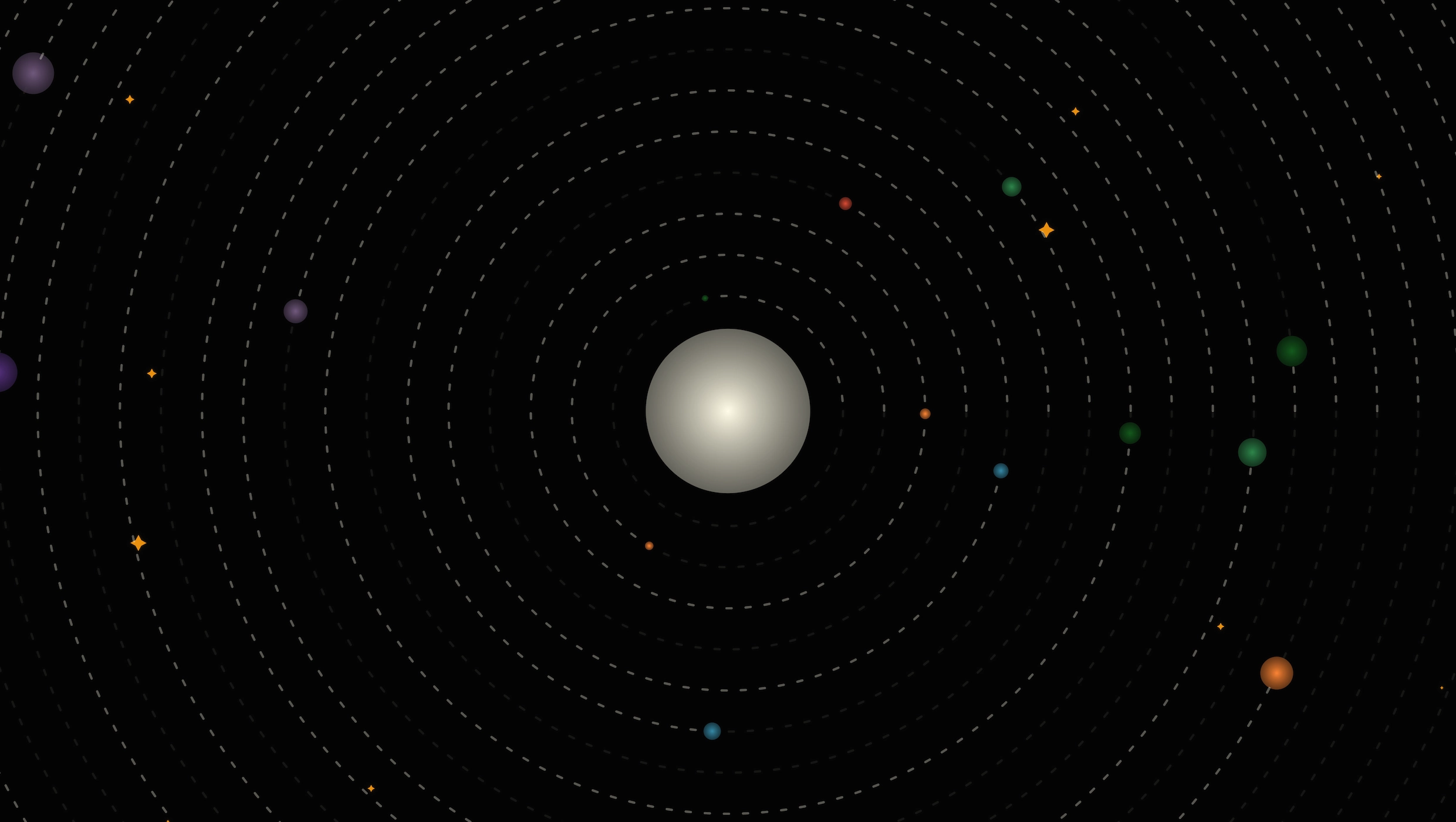
The Emotional Void
Exploring the space between emotions and words
This project is an interactive artwork supporting those who struggle to notice their emotions. Using a handheld device that detects real-time physiological signals (e.g., heart rate), it creates a space-themed visualization of the user's emotional state. By making bodily sensations visible and visually engaging, it offers a non-verbal, self-directed method to explore emotions without relying on language or external interpretation.
Research
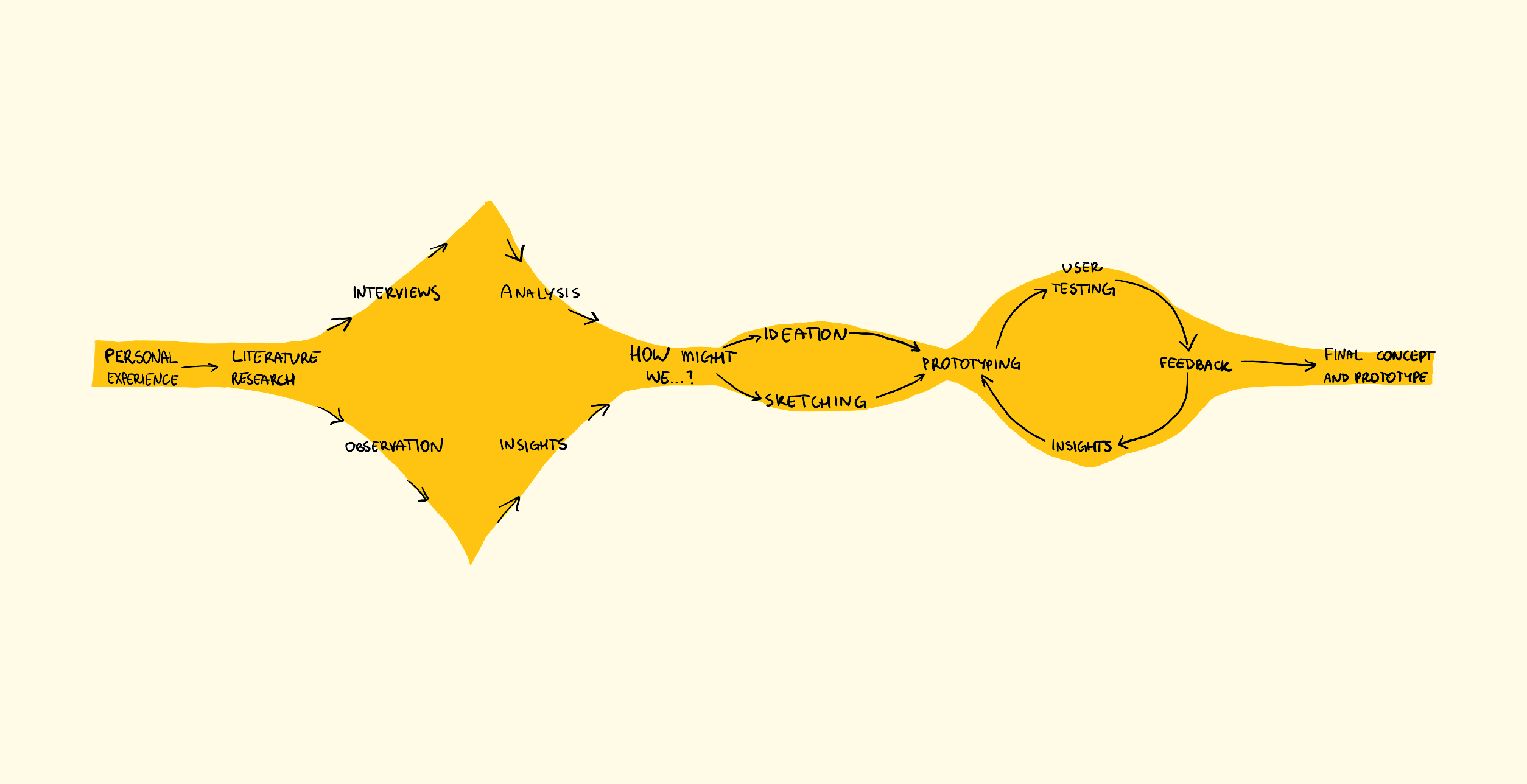
Process
I loosely followed the Double Diamond model for this project, but with some tweaks to better fit the topic. As someone who’s experienced high levels of alexithymia, my process started with some introspection and reflection about problems I encountered as an alexithymic person. I paired that with a deep dive into literature research to understand the psychological side of it. To get a fuller picture, I interviewed people who also experience alexithymia and observed online spaces like Facebook groups, Discord servers, and subreddits. These real-world conversations gave me insights that academic papers often miss - the messy, everyday reality of living with alexithymia.
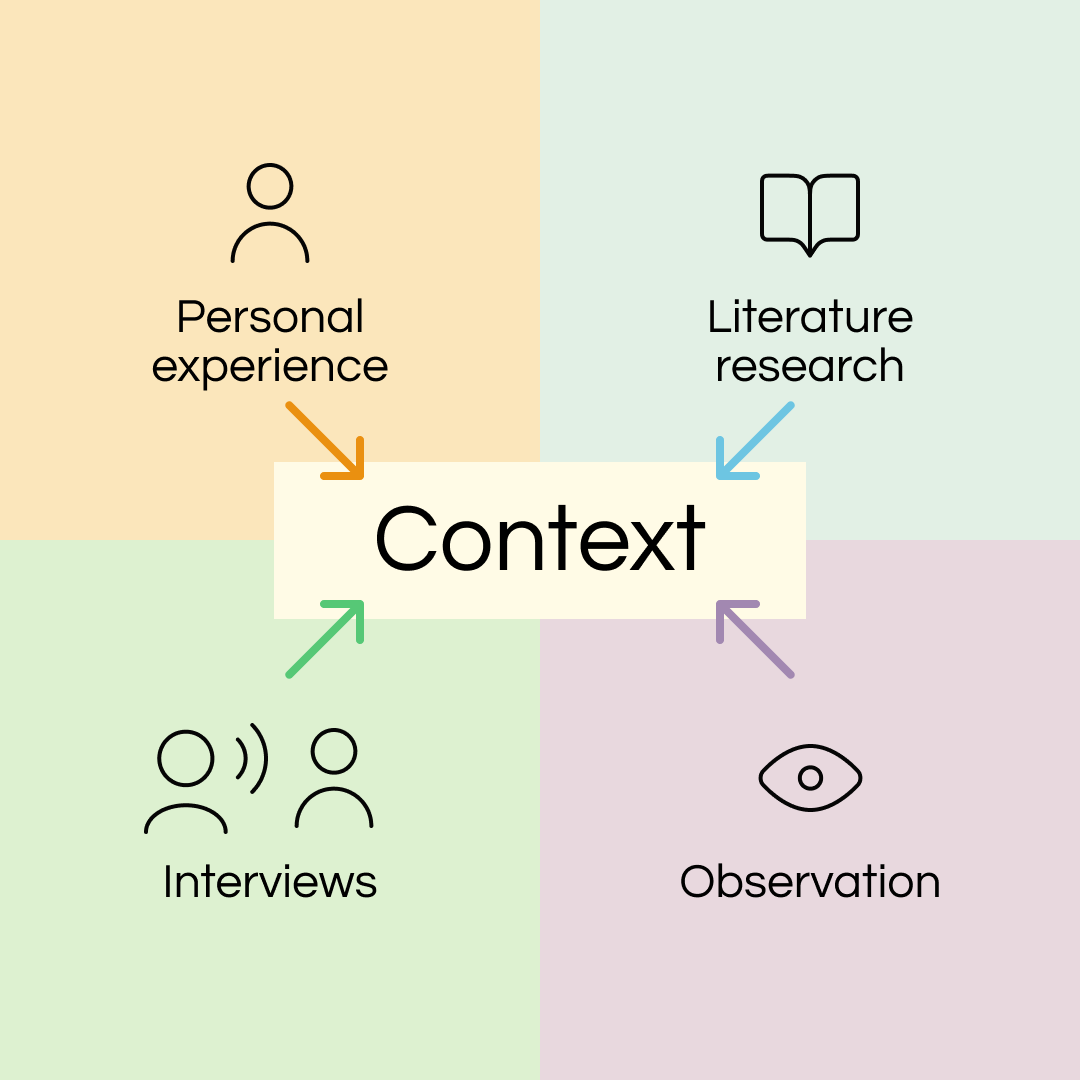
What is alexithymia and why it matters
Alexithymia is a personality trait that affects roughly 13% of the population, characterized by four key features:
- difficulty identifying and describing feelings,
- trouble distinguishing between emotions and bodily sensations,
- limited imaginative processes, and
- an externally oriented thinking style.
What makes this significant is its ripple effect - people with high alexithymia struggle with emotional regulation, stress management, and forming healthy relationships. The stakes are high too: alexithymia is linked to increased risks of depression, anxiety, substance abuse, and even suicidality.
Lack of awareness
Despite affecting a lot of people, alexithymia remains largely invisible. Many individuals don't even know they have it, and this lack of awareness extends to mental health professionals. This creates a cruel irony: people with alexithymia are as open to therapy as anyone else, but their difficulty expressing emotions often leads to negative reactions from therapists and poorer therapy outcomes. Most therapeutic approaches assume people have some awareness of their emotions, which creates an accessibility barrier for alexithymic individuals right from the start. This lack of accessibility to support makes alexithymic individuals feel hopeless about getting better.

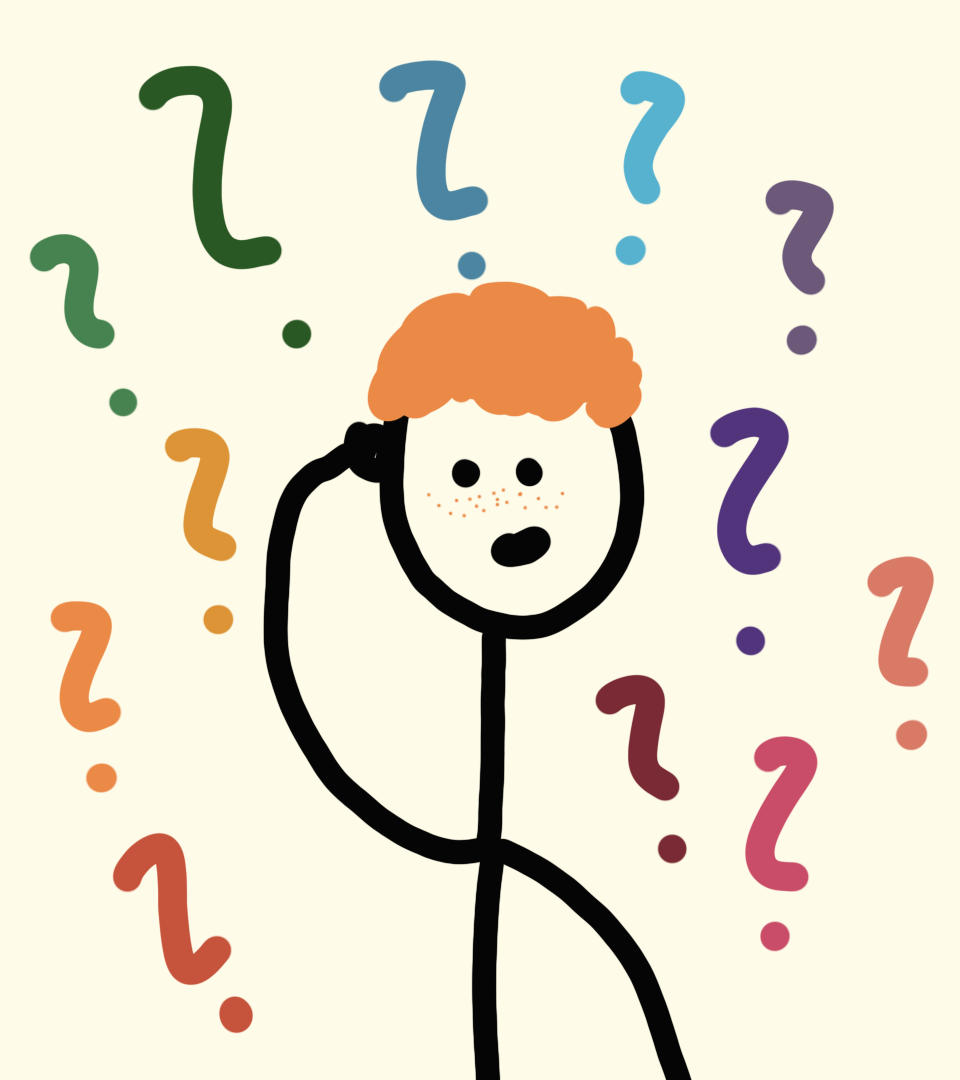
How art can help alexithymia
Here's where things get interesting. Research shows that non-verbal forms of communication, like visual art, bypass many of the defense mechanisms that block verbal expression. As one study put it, we have fewer established defense patterns around images than words, making art a safer entry point for emotional exploration. In documented cases, highly alexithymic individuals who engaged with their emotions through art gradually found verbal communication becoming more accessible - suggesting art isn't just expressive, but potentially therapeutic. This turned out to be true among my interviewees - all of them expressed that they find it easier to understand and/or express their emotions through art than through language.
Interoception
Alexithymia is closely tied to interoception - the ability to perceive internal bodily states like hunger, thirst, or emotional sensations. People with high alexithymia often struggle with broader interoceptive awareness, making it hard to recognize both emotional cues (like changes in heart rate) and basic physiological needs. As academic papers state, approaches that bring a person's attention to their bodily sensations (awareness-of-sensations techniques) might reduce their alexithymia levels.
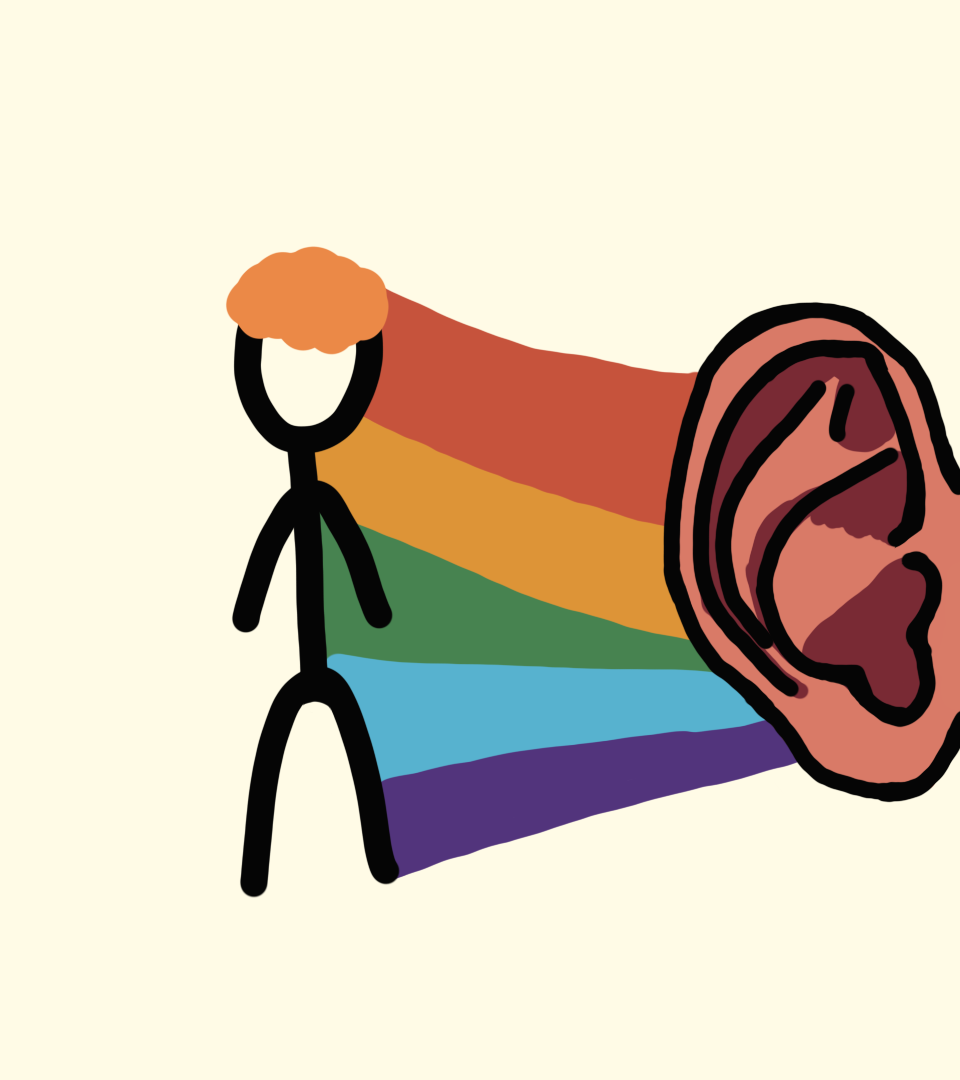
Insights and opportunities
From my research, I took four key insights about alexithymic individuals:
- they experience feelings of hopelessness caused by inaccessibility of support,
- they find it easier to understand and express their emotions through art than through language,
- they have negative reactions toward others naming and interpreting their emotions for them and
- they struggle with noticing their bodily sensations.
Based on that I formulated the following question:
How might we use interactive visual art as an accessible form of support for alexithymic individuals to notice and explore their emotional bodily sensations, without relying on language or external interpretation?
Inspirations
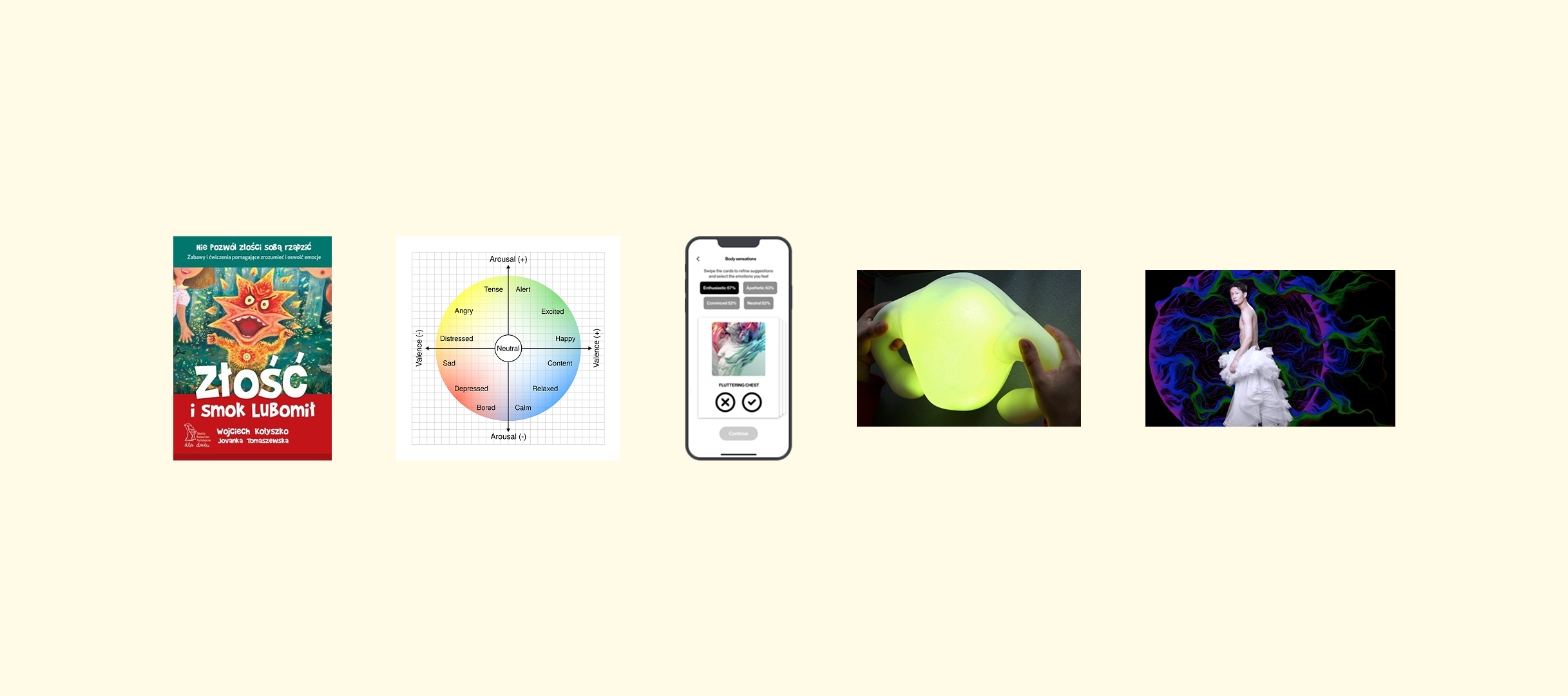
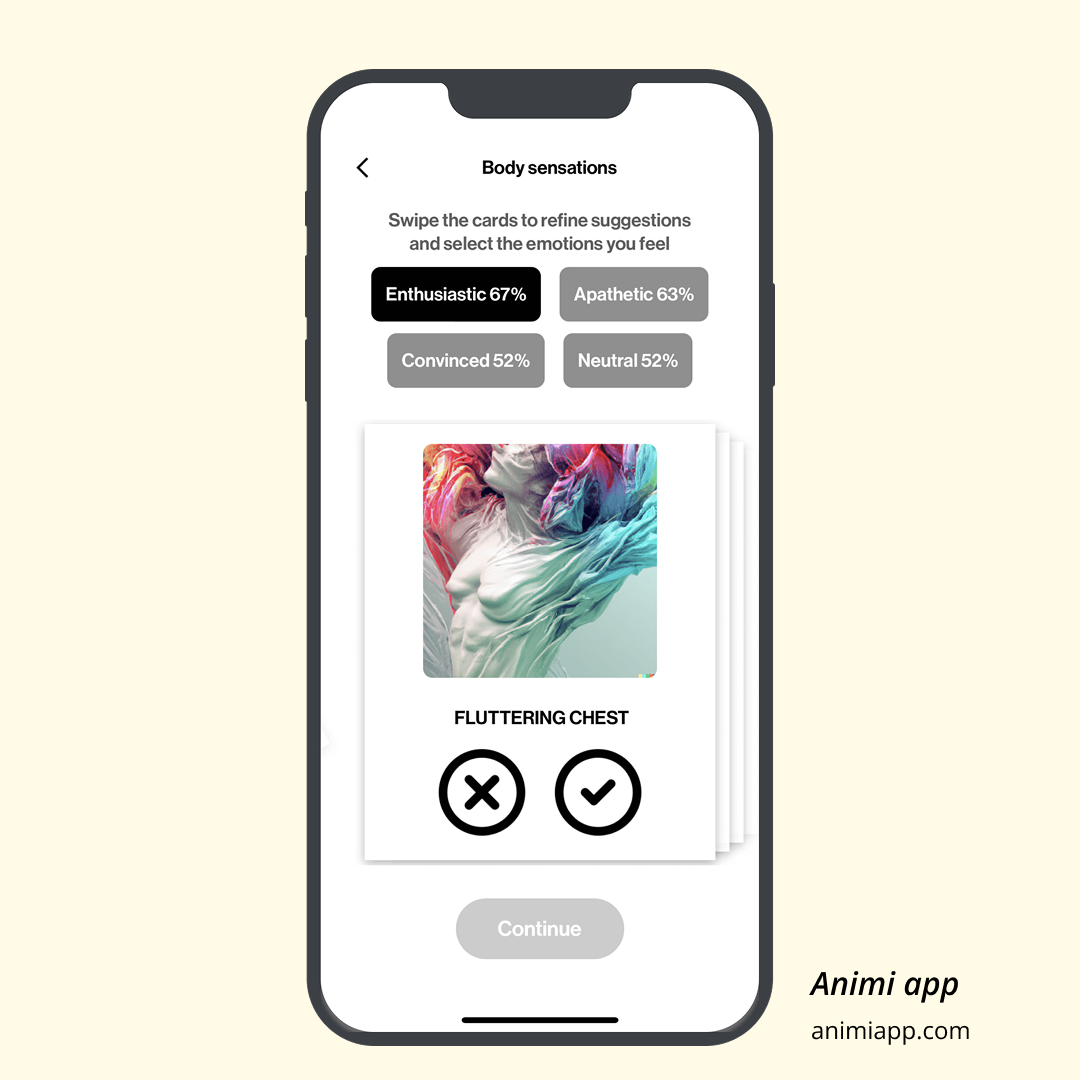
Apps
One of the more well-known digital tools addressing alexithymia is the Animi app. It’s based on the idea that difficulties in emotional awareness often stem from deficits in interoception. Animi asks users to input bodily sensations, then offers a list of possible matching emotions. On the surface, this seems like a helpful bridge between sensation and emotion. But it also raised concerns for me. By suggesting predefined emotional labels, the app risks bypassing the user’s own process of making meaning. It turns emotional awareness into something that happens to the user, rather than with them. That tension made me reflect on the importance of agency, and how any system I design should support users in interpreting their bodily signals for themselves, not hand them the answers.
Emotion-focused interactive art
A lot of inspiration came from works that translate emotional or physiological states into generative visuals. Projects like Visible Emotions explored how biometric input can drive abstract animations in real time. I was drawn to how these works avoid categorising or explaining emotions - they just show them as shifting patterns and pulses. This kind of ambiguity felt important. For alexithymic users especially, meaning needs to emerge from experience, not from external labels. I took this as a sign that visual art can serve not just as expression, but also as a tool for emotional noticing.
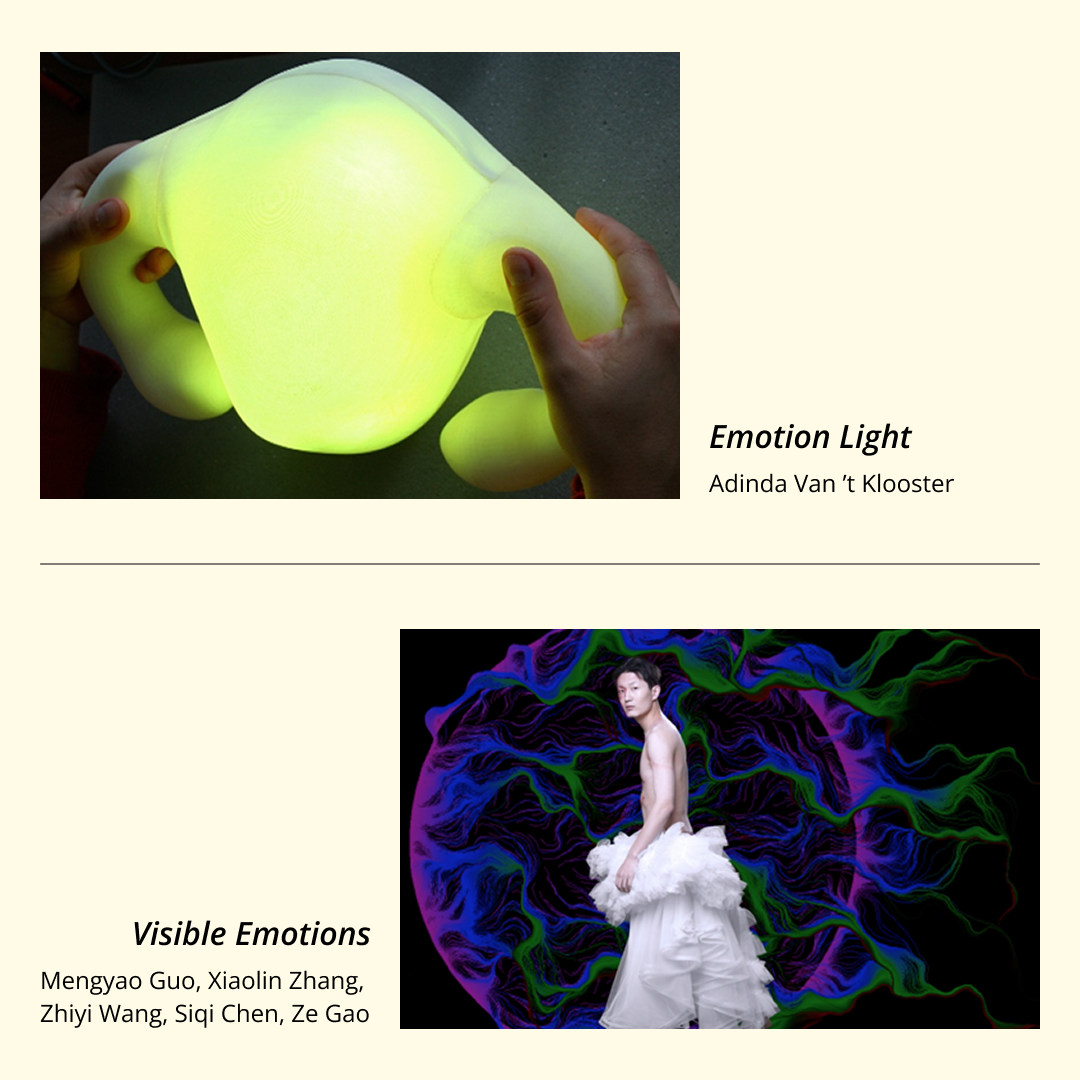
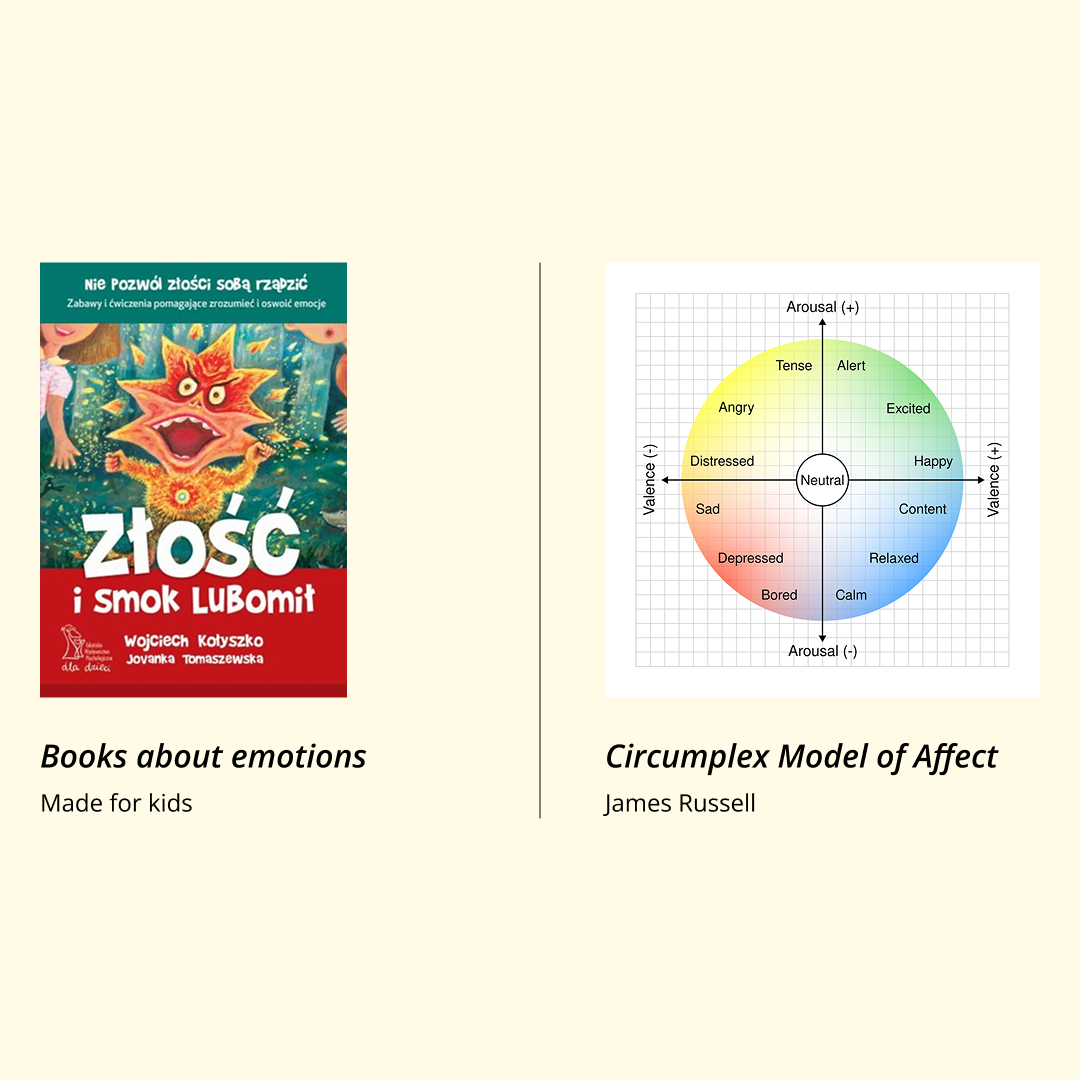
Outside of the digital world
Not all of my inspirations came from interactive tech. I also explored non-digital tools designed to support emotional awareness. Things like the Emotion Wheel or Circumplex Model of Affect are often used in therapy, but I found them too focused on language and categorisation. One participant mentioned using children’s books about emotions and said the illustrations helped them more than the words. That stuck with me - it showed that visual elements can play a bigger role in emotional self-understanding than we usually acknowledge. These tools weren’t interactive, but they highlighted something important: that expression doesn’t have to mean naming. This pushed me to design an experience that centers on feeling and reflecting, not decoding or labelling.
Design
Choosing the format
One of the first decisions I had to make was whether this would be an art installation or something more accessible. While installations offer immersion, they also come with limitations - they require users to show up at a specific place and time, often in public, which can feel intimidating or unsafe. Based on what I heard from alexithymic individuals during interviews, privacy and autonomy mattered a lot. That’s why I decided to create an internet-based artwork, one that users could access on their own terms, from anywhere, at any time.
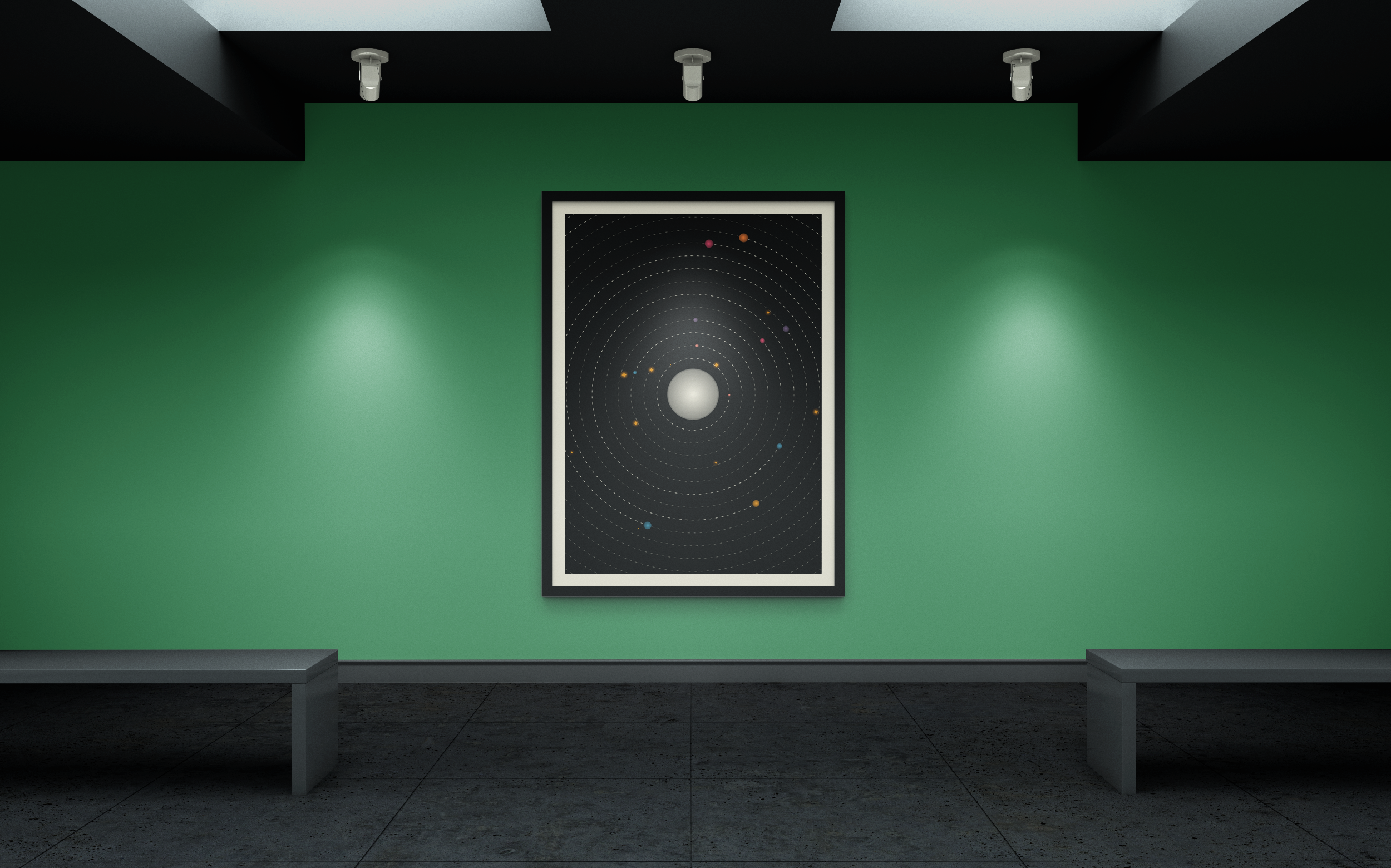
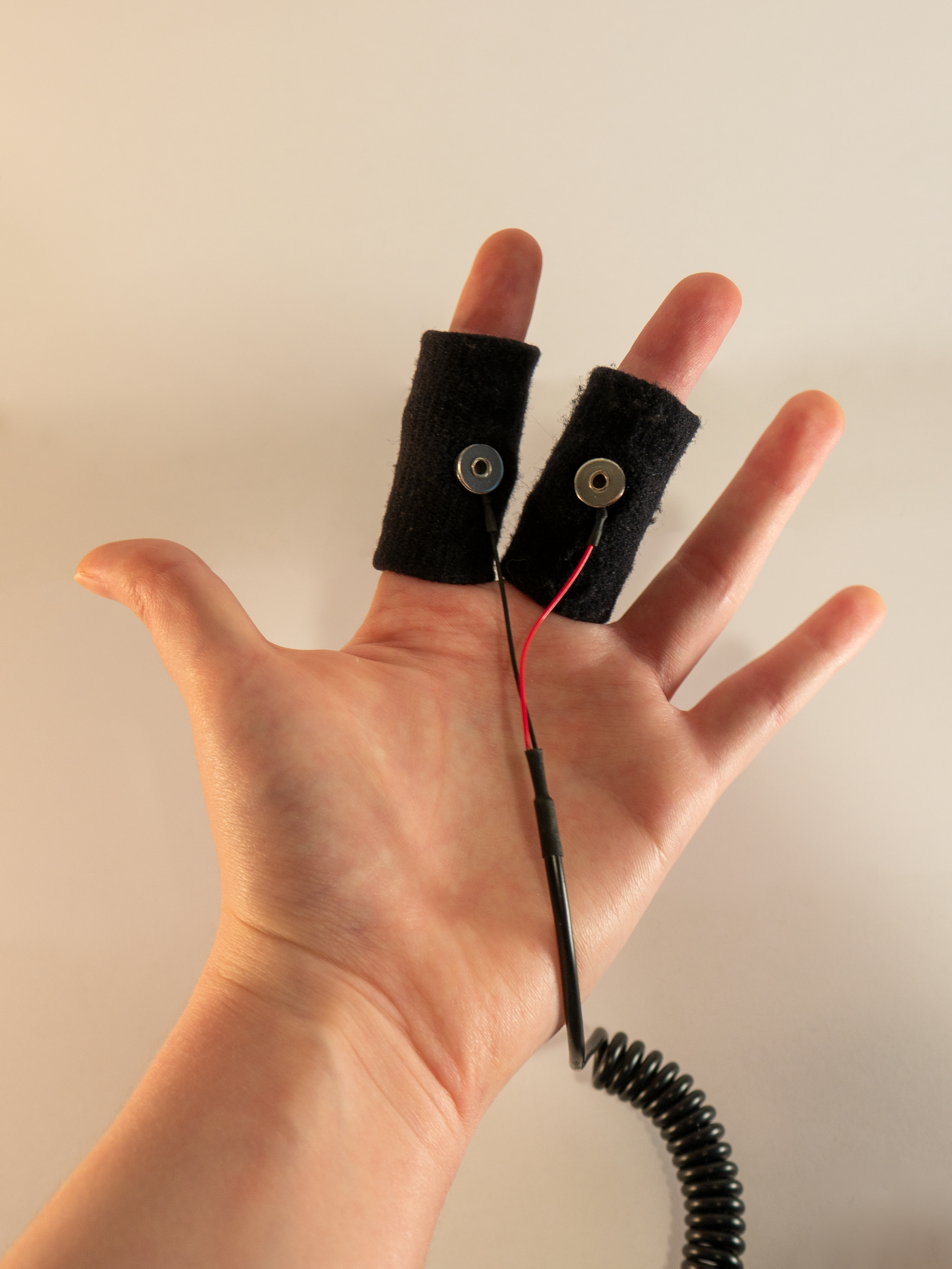
Exploring emotion-sensing methods
I explored three options for sensing emotional states: non-contact methods, wearables, and handheld devices. Non-contact sensing (like thermographic cameras) felt too clinical and impersonal and raised concerns about the feeling of being observed. Wearables had some appeal because of their comfort, but felt too passive - like data was being taken from the user without them doing anything. After all, you might forget you're wearing a smartwatch, while it still measures your emotional parameters, which for some feels intimate. A handheld object, on the other hand, offered a more intentional interaction. You have to physically engage with it, which turns the act of emotional check-in into a conscious gesture.
Iterating the controller
Once I landed on a handheld object, I started prototyping different shapes. The first version was cylindrical, but most testers found it awkward and uncomfortable. Based on feedback, I redesigned it to be more ergonomic and grippable. The new shape sits comfortably in the palm and encourages a slower, more mindful interaction. Because the controller is an extension of the body in this project, comfort and ease of use directly influenced how safe and open the experience felt for participants.
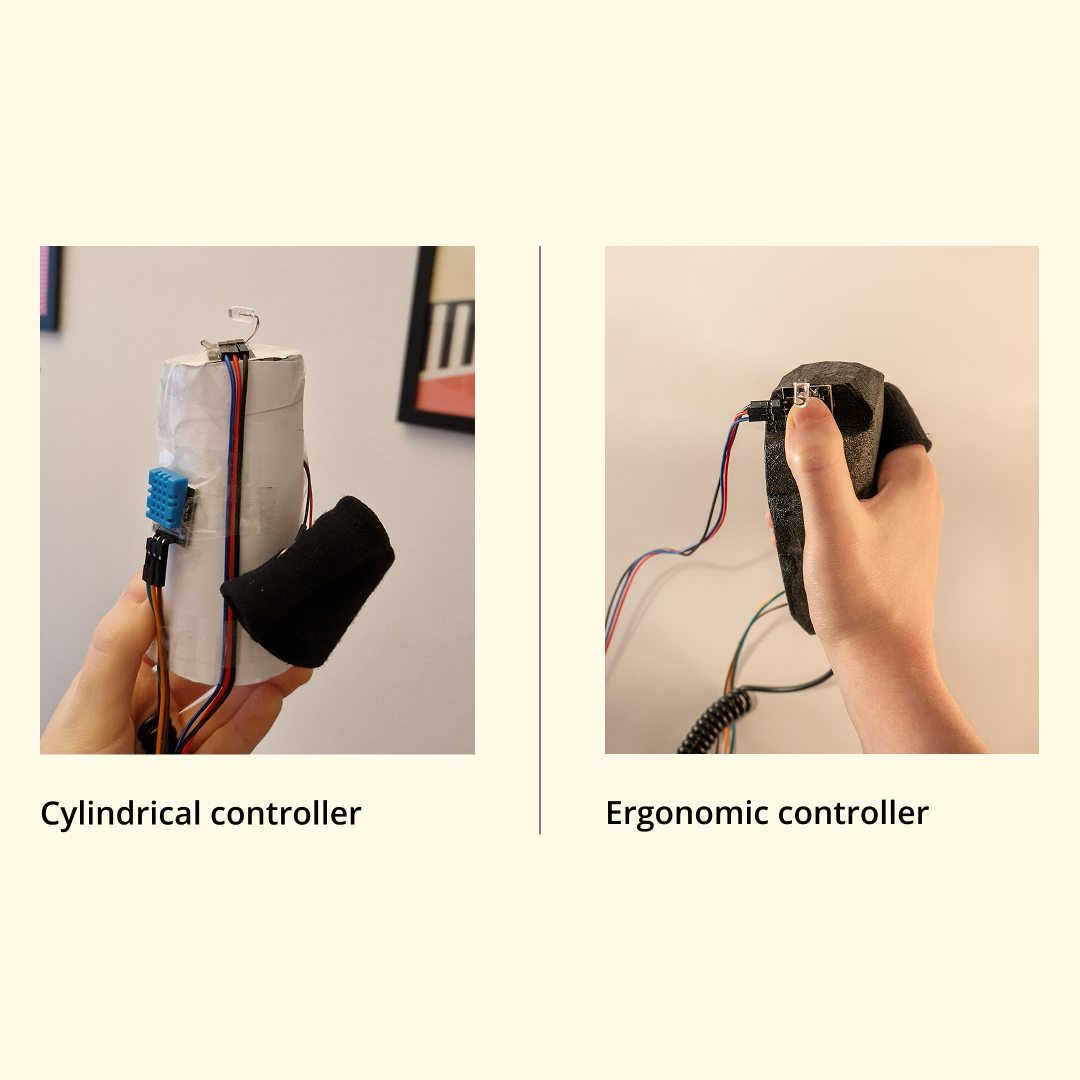
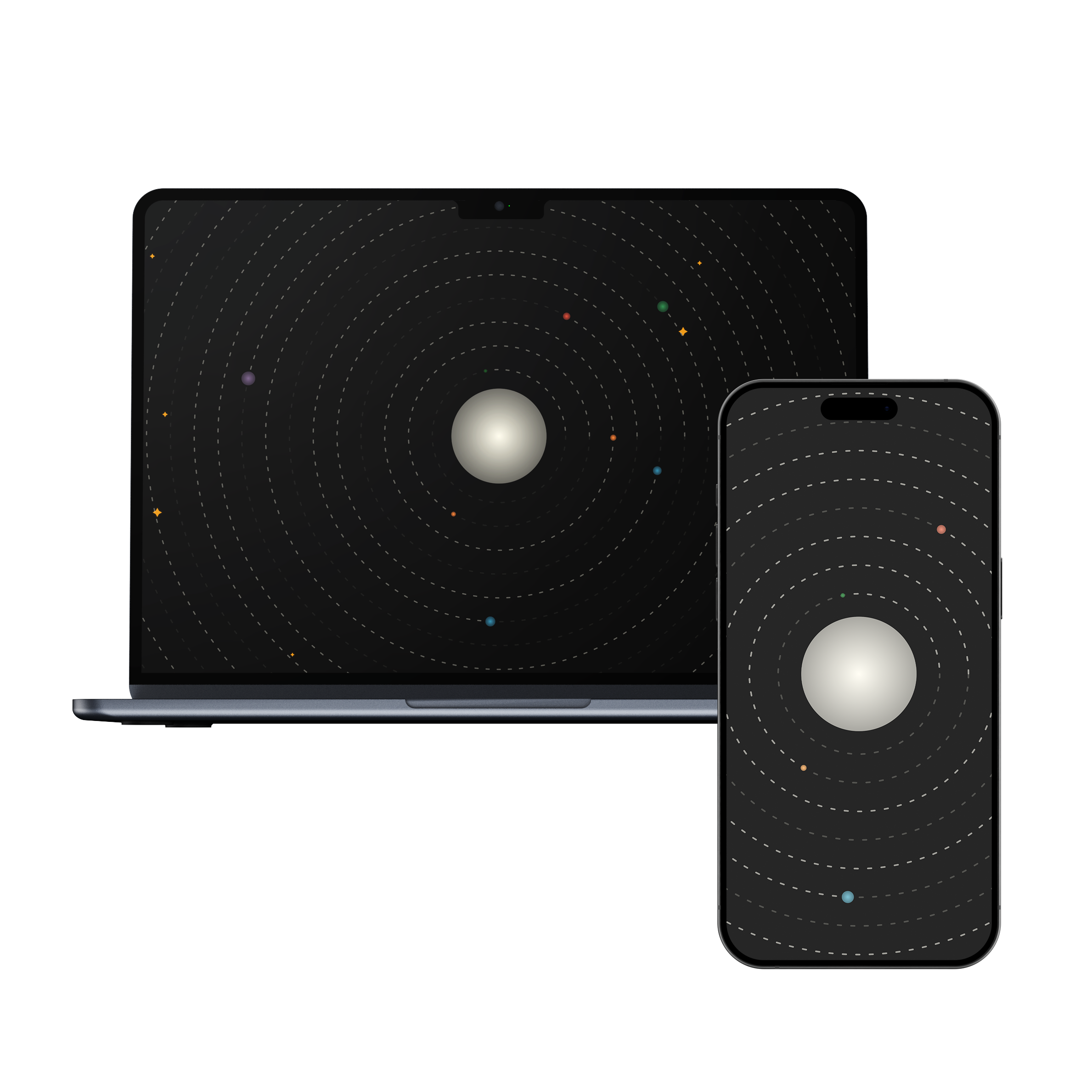
Displaying visuals
At one point, I considered building a screen into the controller itself. But that made the experience feel cramped and too focused. Instead, I went with an external screen - something the user already owns, like a phone, laptop, or even a smart fridge. This choice allowed for more complex visuals, which were the centerpiece of this project.
Shaping the visuals
Very early in the process, I decided to lose any literal visualizations of the collected parameters, as I didn't want the design to feel clinical. Because of that, I had two choices left: having a very abstract visualization or something that just puts the emotions in a context that is familiar but in which we usually don't think about them. The earliest visualizations were fully abstract - slowly morphing shapes reacting to bodily input. They looked beautiful but confused users. Most couldn’t tell what the system was responding to, and that uncertainty made it harder to connect emotionally. Eventually, I decided to go with a solar system metaphor: a pulsing sun to show heartbeat, orbiting planets to represent temperature and emotional arousal, and flowing trails to reflect sweat levels. It’s abstract enough to avoid interpretation (like telling the user which of their feelings are "good" or "bad") but structured enough to be readable.
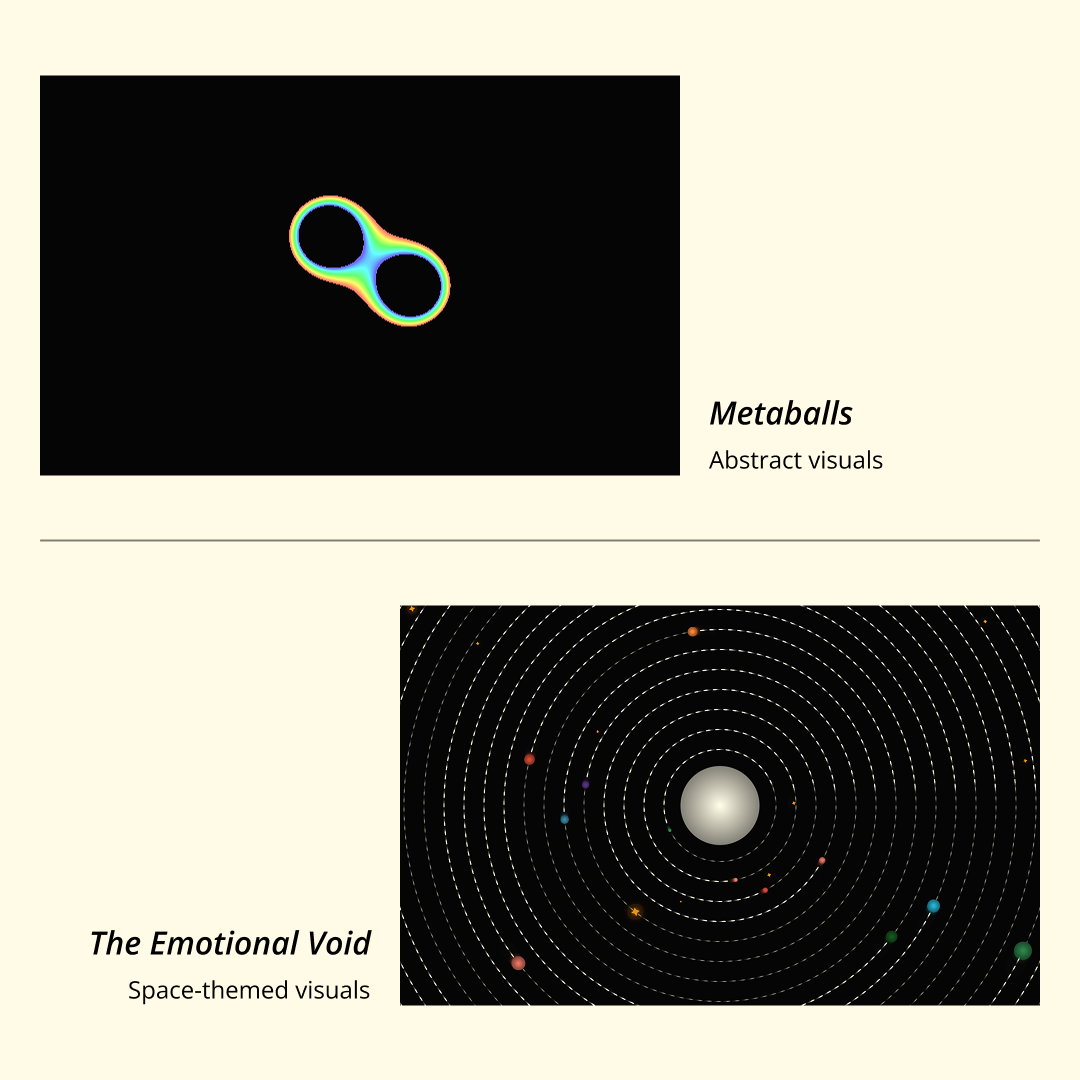

Final design
The combination of an ergonomic controller and space-themed visuals created something that users described as calming, safe, and sometimes even soothing. Some said it helped them recognise emotions like anxiety, while others just liked watching their inner state turn into a visual world. Crucially, the system doesn’t tell users what they’re feeling - it just reflects what’s happening in their body. This approach respects alexithymic individuals’ discomfort with interpretation, while still supporting emotional awareness and exploration.
Technology
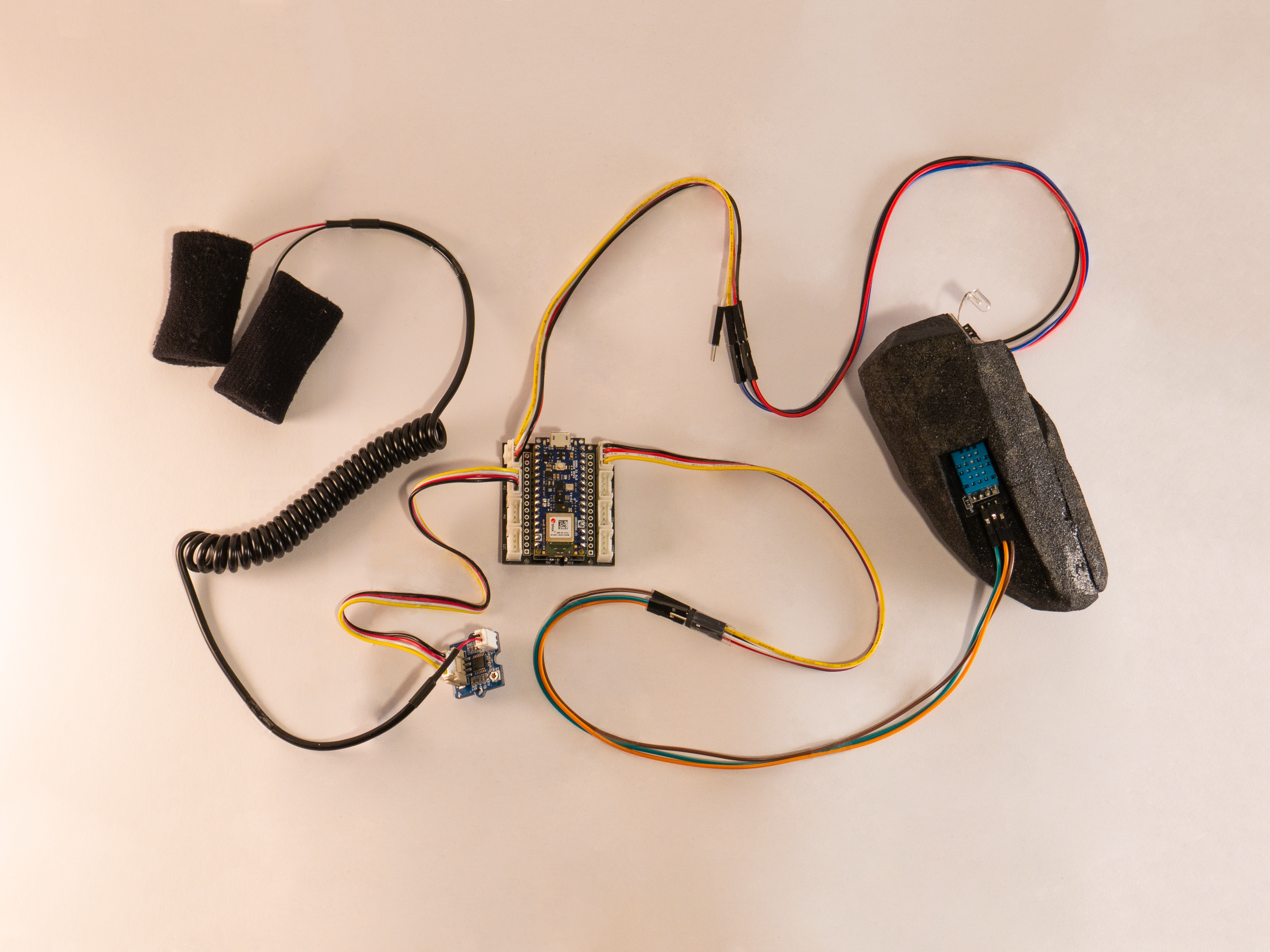
Architecture
The system is made of three main parts: Arduino sensors, a Node.js server, and a P5.js visualization. The Arduino reads real-time biometric data (heart rate, skin response, temperature, and humidity) and sends it as JSON over serial. A Node.js WebSocket server listens to the serial port and relays the data to the browser. The frontend, built with P5.js, transforms these signals into a generative solar system in motion.
Getting the data
The Arduino code uses three sensors:
- a heart rate sensor for pulse detection,
- a GSR sensor for emotional arousal, and
- a DHT11 for temperature and humidity.
These readings are packaged into JSON strings and sent every second to the visualisation. The heartbeat syncs the pulsing of the sun. Temperature changes the planet colors. GSR controls how fast they orbit. Humidity affects the fogginess of the background. Each value gets mapped to visual properties using simple interpolation logic.
Real-time server
The Node.js backend reads the serial data using the serialport library and broadcasts it via WebSocket. It acts like a real-time translator between the hardware and the visualization. The server also allows for multiple clients to connect at once.
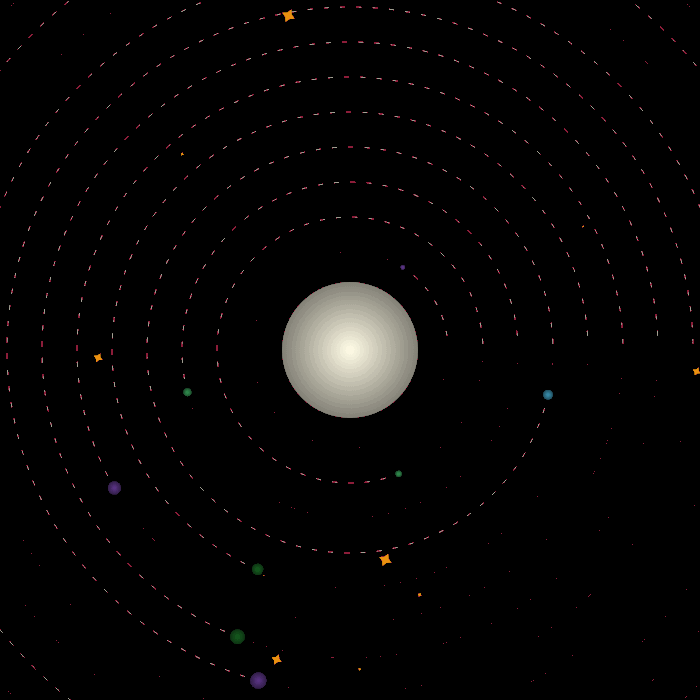
Generative art
The frontend uses P5.js to render everything on an HTML5 canvas. The heartbeat controls the rhythm of the pulsing sun. Temperature makes the orbiting planets shift from cold blues to warm reds. GSR increases the planets’ speed, and humidity softens the background to create a hazy, ambient atmosphere. All visual properties update in real time, based on incoming WebSocket data. There are also stars in the background for visual depth and a constant meditative feel.
Links and Resources

The Emotional Void
Complete source code including Arduino sensors, Node.js WebSocket server, and P5.js visualization
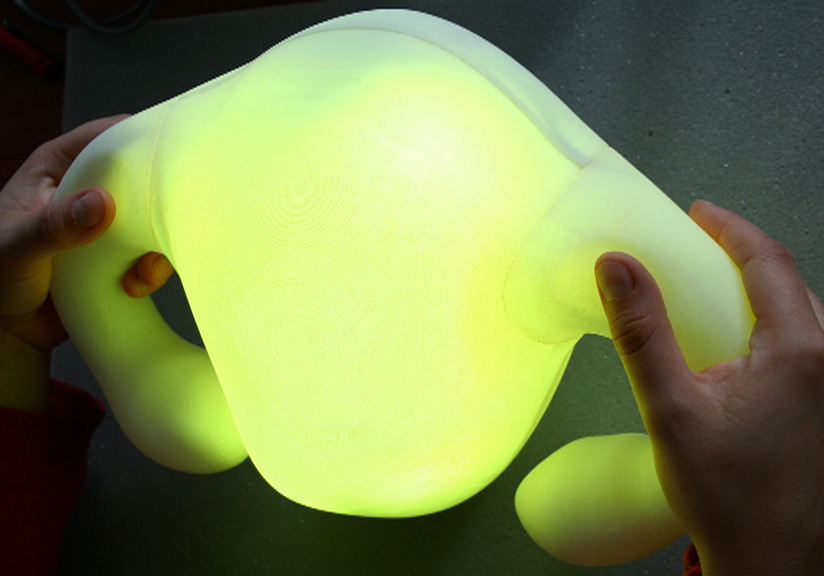
Emotion Light by Adinda van 't Klooster
Interactive sculpture that changes color based on emotional arousal using GSR and heart rate
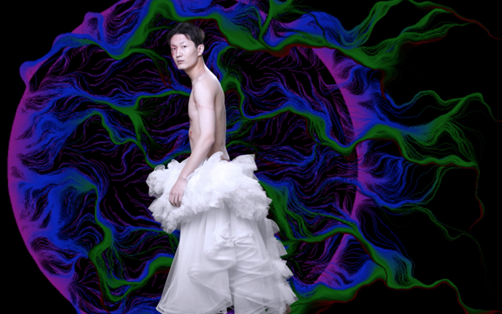
Visible Emotions
Installation visualizing performers' emotions in real time through generative visuals and biometric sensors
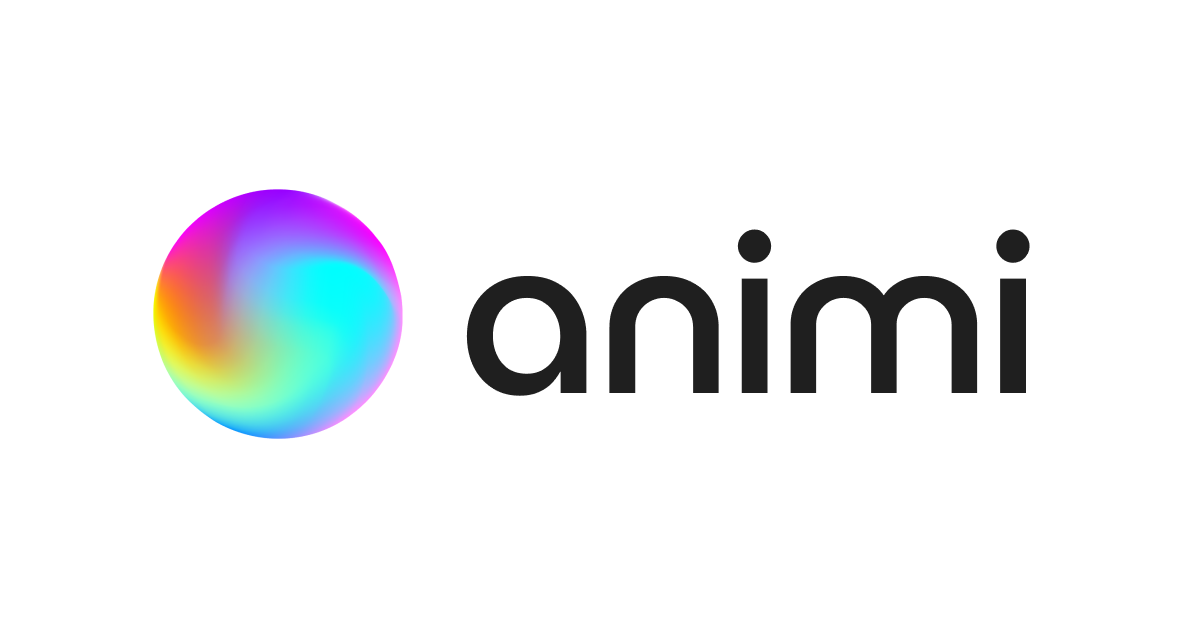
Animi
Mobile app designed to support alexithymic individuals by mapping bodily sensations to possible emotions